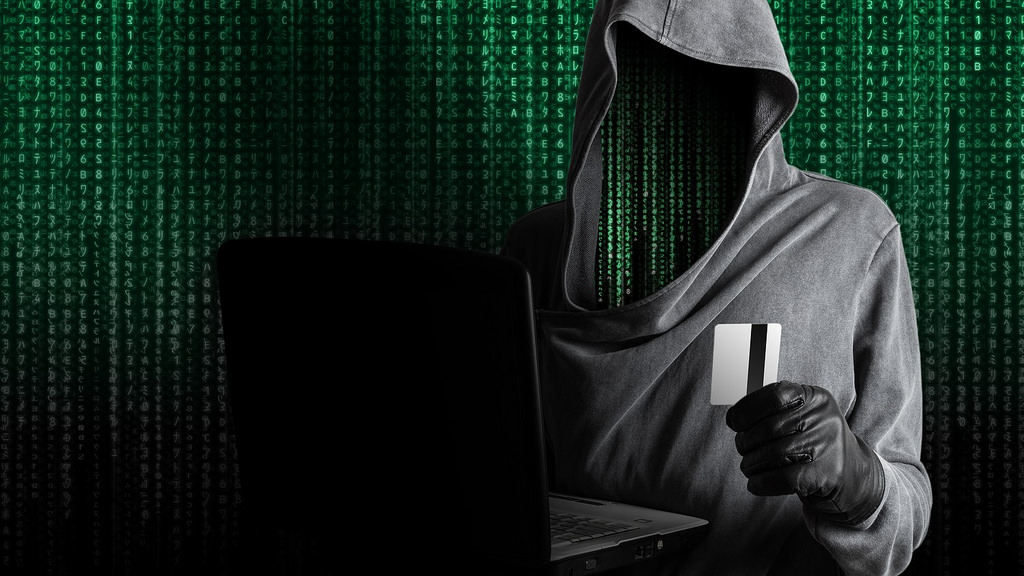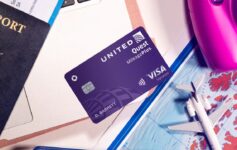In the world of miles and points, we deal with a lot of credit cards. Credits card points are the golden key to lucrative premium travel at tremendous discounts over retail. But with that potential for great gain comes great risk.
Identify theft is a huge problem in the USA and around the world. Such theft has the potential to severely burden you at best or financially ruin you at worst. But how is it done? How does identify theft occur?
One penitent thief shares with a local NBC affiliate in Portland, Oregon how he used to make thousands of dollars stealing credit card info. It is quite revealing:
How does it start? Compromised personal info.
We’d get somebody’s personal information. We call that a ‘profile’– that’s their name, their address, their social security number, their phone number, their place of employment.
How?
We could get an entire list of names and addresses and all that — corrupt county workers, corrupt DMV workers, people that we paid off.
But sometimes it was not even that complicated. Sometimes it was just your neighborhood bartender:
I had a bartender or a waitress or a waiter on my payroll — somebody that I can pay a couple hundred dollars to every week. If they had what we call a ‘Big Fish’ — somebody that comes in wearing fancy clothes, pulls up in a fancy car or looks like they have money — you know when they pay their tab, the waitress or the bartender will take a quick picture of the front and back of their credit card.
What You Can Do to Protect Against Identity Theft
The key is staying on top of your accounts. Many credit cards from American Express, CITI, and Barclay come with free credit monitoring services. Check those each day. If you have Apple Pay on your phone, ensure transaction alerts are enabled across your credit cards. Log into your bank accounts and use services like Award Wallet to monitor your loyalty accounts. Use apps like 1Password to create complex passwords that are more difficult to break.
The number one way to prevent against theft is simply vigilance.
If you see something odd, pick up the phone right away. I stepped off a flight from Ukraine and noticed about $30,000 (in 17 separate transactions from a Russian entity) was missing from PayPal account. I have no idea how that happened or how my account was compromised, but I contacted PayPal immediately. Within a few days, the money was restored. Imagine if weeks had passed by…
CONCLUSION
This video startled me because it really is so easy to commit identity theft. Sometimes despite your best efforts you will still be compromised. But through vigilant monitoring of your accounts and the use of complimentary credit monitoring services, you position yourself to avoid this or at least reduce damage from it.
Top image: CafeCredit / FLICKR





Three words – Two Factor Authentication. Enable this on everything like Facebook, Google, AwardWallet, etc.
And never use a debit card for purchases.
Sometimes, sheer luck and the vigilance of your credit card company can save you a lot of aggravation. About an hour after checking into the Sheraton Old San Juan using my SPG AMEX card, I received a fraud alert notifying me that someone had just used that card to make a $102 in-store purchase at Macy’s Herald Square. Since I live in New York, there would have been no suspicion of fraud except for the fact that I couldn’t be in NY and Puerto Rico at the same time.
I have alerts set for all my credit cards. Any purchase triggers a text alert. Happy I did this as it allowed me to be notified that some creeper hacked into hubby’s AAdvantage account and booked a same day trip from Ghana to NYC!
I use visa/mc gift cards for restaurants more and more as I can get equal if not better miles/points earnings. Protection might be less (or not) but I feel it is more secure than to give someone your CC
I just come back from Europe and there you don’t give away your CC, they bring little POS machine to you (even in Bosnia).
@DT. Bringing the POS keypad to your table in restaurants outside the US is more to allow the customer to enter their card PIN than it is for say fraud prevention per se.
Sure, but it has the same outcome (not allowing someone to have your card out of your sight). Plus chip and pin adds additional security.